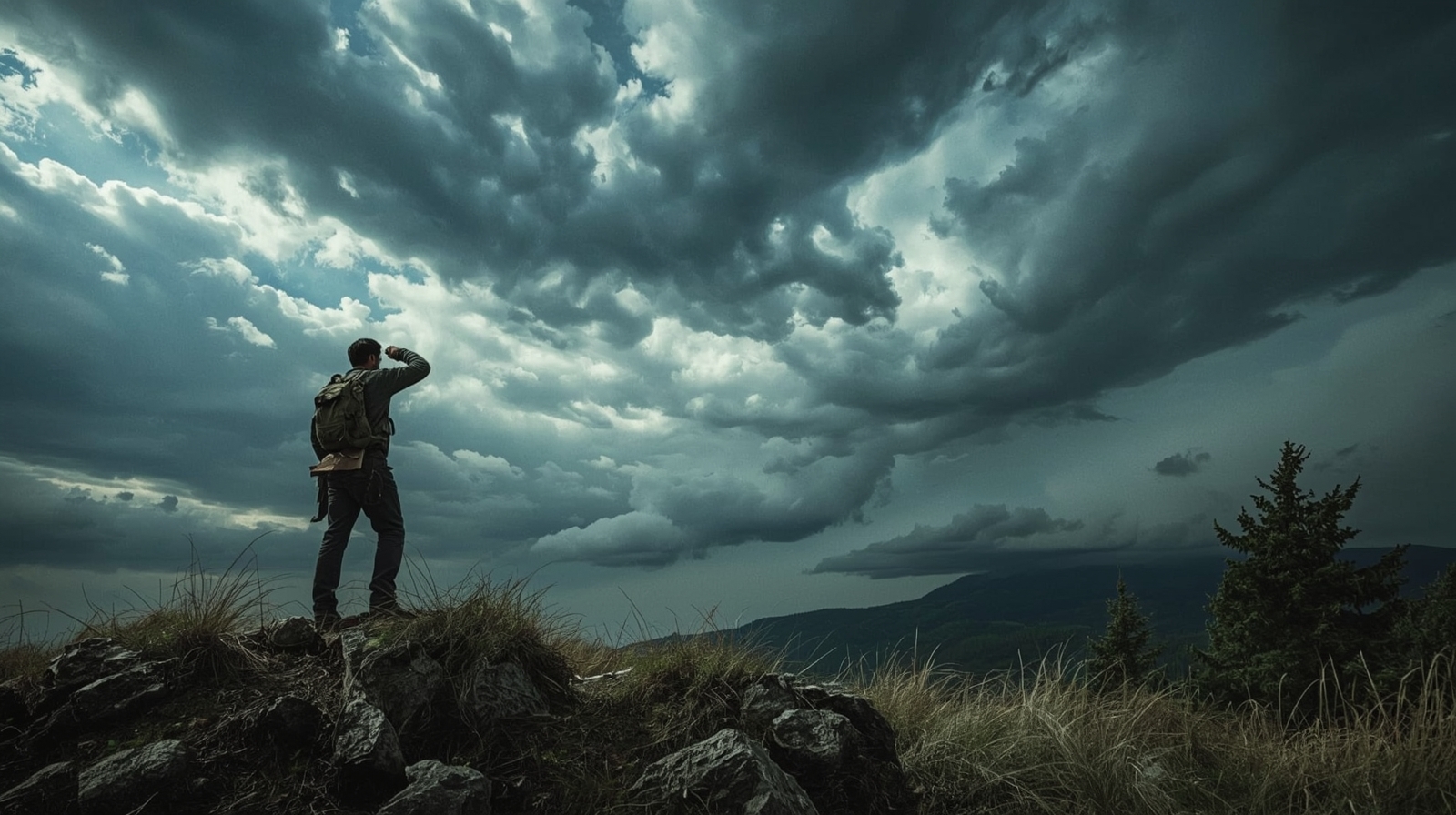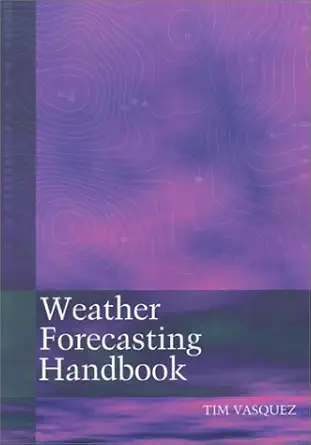Deciphering Nature’s Signals: Advanced Weather Forecasting Techniques for Outdoor Survival

Deciphering Nature’s Signals: Advanced Weather Forecasting Techniques for Outdoor Survival
The Foundations of Weather Prediction
Reading the Sky: Cloud Types and What They Signify
Clouds are the earth’s way of painting its mood across the sky. Understanding their patterns and types can give you a head start in predicting the weather. Cumulus clouds, fluffy and white, usually indicate fair weather when they appear in the morning or midday. However, when these clouds grow taller, they can develop into cumulonimbus clouds, the harbingers of thunderstorms. Stratus clouds, forming a gray blanket across the sky, often bring continuous rain or drizzle. By observing the speed and direction they move, you can gauge wind direction and the approaching weather system.
The Pressure Tells a Story: Highs and Lows
Atmospheric pressure is a reliable indicator of weather changes. A sudden drop in pressure typically signifies that a storm is on its way, while rising pressure suggests improving weather conditions. Barometers, which measure air pressure, are invaluable tools for outdoor enthusiasts. Modern digital barometers can predict weather changes several hours in advance, giving you ample time to seek shelter or adjust your plans.
The Wind’s Direction: A Natural Compass
Wind direction can also provide clues about the weather. Winds blowing from the west generally bring fair weather, while winds from the east suggest an impending storm or bad weather. By feeling the wind’s direction and observing its effects on your surroundings, you can predict short-term weather changes. This knowledge is particularly useful in open areas or at sea, where weather conditions can change rapidly.
Interpreting Nature’s Signs
Animal Behavior and Weather Prediction
Animals have an innate ability to sense changes in the weather long before humans. Observing animal behavior can add another layer to your weather forecasting skills:
- Birds flying low or gathering in large numbers can indicate bad weather ahead, as they seek to avoid the storm’s high pressure.
- If you notice insects moving slower than usual or if frogs are croaking louder, rain could be on its way.
Plant Responses to Weather Changes
Plants also react to weather changes in various ways that can signal upcoming conditions:
- Some flowers close their petals in anticipation of rain.
- Trees might show the undersides of their leaves, which are usually lighter in color, as a response to strong winds signaling a storm.
Stars and Moon: Celestial Weather Predictions
Clear night skies with bright stars or a visible moon indicate fair weather. However, a halo around the moon suggests that rain or snow is likely within the next 24 hours. Learning to read these celestial signs can not only aid in weather prediction but also enrich your outdoor experience.
Modern Tools for Weather Forecasting
Smartphone Apps and Gadgets
With the advent of technology, numerous apps and gadgets have been developed to aid in weather prediction. Smartphone apps can provide real-time weather updates and forecasts, which are invaluable for planning outdoor activities. However, it’s crucial to have a backup plan, as technology can fail, especially in remote areas where signal strength is weak.
Portable Weather Stations
For those who take their outdoor adventures seriously, portable weather stations are a great investment. These compact devices can measure temperature, humidity, atmospheric pressure, and wind speed. Some models even offer advanced features like GPS and wireless data transfer, allowing you to monitor weather conditions in real-time.
The Importance of Redundancy
While modern tools are incredibly helpful, relying solely on technology for weather prediction can be dangerous in survival situations. It’s important to combine traditional observation skills with technological aids to ensure you have a comprehensive understanding of the weather. This approach not only improves your forecasting accuracy but also prepares you for any situation, with or without gadgets.
Harnessing Weather Lore for Practical Guidance
Weather lore, passed down through generations, often holds kernels of truth that can be surprisingly accurate for predicting weather. These adages combine centuries of observational wisdom, providing outdoor enthusiasts with actionable insights. Understanding the ‘Red Sky at Night’ and deciphering the moon’s messages are examples of how traditional wisdom can supplement modern forecasts, especially in areas where you might not have access to real-time data.
Advanced Navigation Skills in Changing Conditions
Navigating the great outdoors requires more than a good sense of direction, especially when weather conditions are unpredictable. Enhancing your navigation skills can ensure safe passage through challenging terrains under any weather. Using the sun and shadows, navigating by the stars, and adapting to weather-induced changes in terrain are essential skills for any outdoor adventurer.
Preparing for Weather Extremes
Outdoor adventures can expose you to a variety of weather extremes, from scorching heat to freezing cold. Preparing for these conditions is essential for your safety and enjoyment. Heat and hydration, cold weather layering, and protection against wind chill and sun are critical considerations for any outdoor activity.
Advanced Troubleshooting in Weather Forecasting Techniques
When relying on a combination of traditional knowledge, technological tools, and natural signs for weather forecasting, challenges are inevitable. Misinterpreting cloud formations and relying too heavily on technology are common pitfalls. This section offers solutions to ensure accuracy in your predictions.
Expert Tips for Advanced Weather Forecasting
To elevate your weather forecasting skills, consider integrating local knowledge and advanced technological tools. These expert tips leverage a deeper understanding of nature and technology, providing a more nuanced understanding of the weather.
Putting It All Together: The Art of Accurate Weather Forecasting
Accurate weather forecasting in the wilderness combines traditional wisdom, keen observation, and modern technology. The key is to integrate these elements seamlessly, enhancing your understanding and preparedness for any weather. The importance of continuous learning and next steps for weather-savvy adventurers are crucial for mastering the art of weather forecasting.
Recommended Product
Weather Forecasting Handbook (5th Edition)

Price: 73.65 | Rating: ⭐ 4.1 out of 5 stars/5
